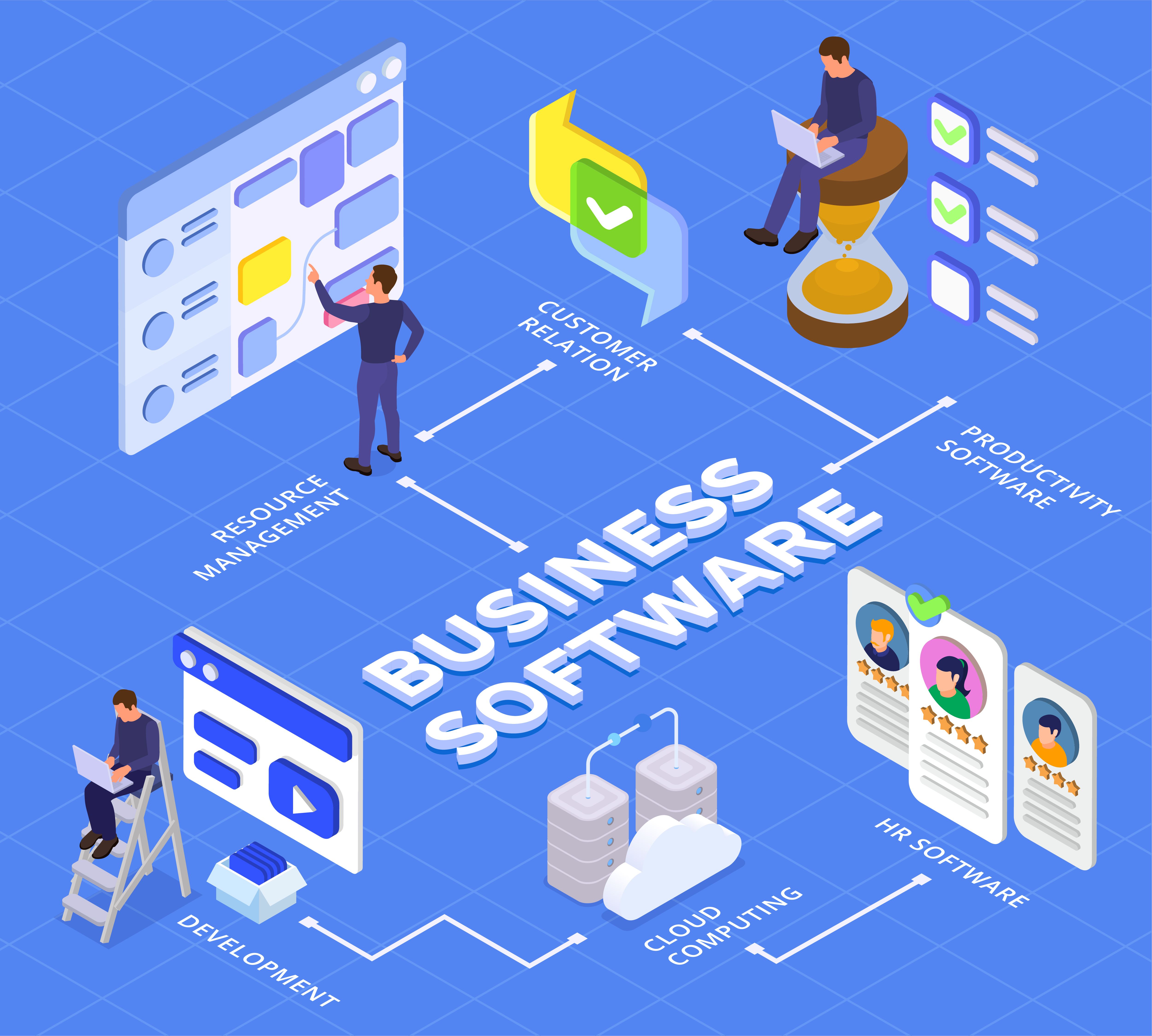Why Corporate Digital Transformation Sometimes Fails

Corporate digital transformation done right is like a caterpillar turning into a butterfly, but when done wrong, all you have is a really fast caterpillar. — George Westerman
Among the biggest assets of corporate digital transformation is the sheer volume and efficiency of data collection, as well as the ability for software to accurately spot trends and patterns that help with decision-making. Unsurprisingly, if you want to find out a lot of stuff, ask a computer, not a human being.
It is no surprise then that companies frequently prioritise Human Resource functions when ‘going digital’, As the functions of HR expand into talent and system integration across the company, the various types of data they collect has increased dramatically. There just aren’t enough cabinets in the world to store all that paperwork.
Unless you want to combine Jenga with fire hazards.
Creating a future-ready workforce
According to a recent survey by Digi and Vase.ai on the corporate digital transformation of Human Resource functions, 32% of employees find their current manual processes ineffective
While the recent COVID-19 pandemic has no doubt been a huge factor for many companies taking the digital plunge, the transition was already well underway, albeit at a slower pace. The pandemic is not a self-contained incident; it represents a future filled with disruptions. The digital solutions that companies adopt must therefore not simply be to protect against COVID-19, but what it represents: unforeseeable emergencies that cripple existing processes.
According to a recent survey by Digi and Vase.ai on the corporate digital transformation of Human Resource functions, 32% of employees find their current manual processes ineffective due to being needlessly labour-intensive. With remote working making data management a higher priority than ever, 21% of respondents also said that they found it difficult to track productivity, progress and overall employee performance (no, using Excel does not count as going digital).
These constraints may make it seem like a no-brainer to digitise HR functions through the many virtual tools and platforms available today. In fact, the survey found that an overwhelming majority (61%) of respondents have been using some form of digitisation in their HR functions with great success. However, seven per cent of respondents said that their organisations had tried to go digital, but then reverted back to traditional methods.
To companies who are still on the fence, should you let the unsuccessful few discourage you from trying? That’s not to say we should ignore them, but it speaks volumes that most companies that go digital never look back. It would be more pertinent to consider why the seven per cent failed and what lessons can be learnt to ensure your company ranks among the successful many.
Read: 6 Key Digital Trends to Look Out for in 2020 and Beyond
1. They couldn’t afford it
The majority of companies that reverted back to traditional HR processes cited high costs (44%). This is unfortunate, because it does not mean the digital tools and software did not work as intended. Instead, it just means the organisation could not afford to keep paying for it.
Imagine having to let a team member go because they were lazy and disruptive. Now imagine having to retrench a star employee because times were bad. In which one would employers be more open to negotiation?
It’s safe to say no company will commit to a corporate digital transformation plan they cannot sustain long-term. However, during economic crises, long-term revenue projection can be about as accurate as using Google Translate. Just because the numbers say you can afford something for the next 12 months doesn’t mean you should sign the cheque.
Developers know this. They would much rather make some money than none at all. An ounce of transparency and goodwill could be all it takes to open the door to negotiations. Voice your concerns to them, and chances are they will be happy to give you a better deal.
2. Their digital tool(s) did not allow for consolidation
Seventeen per cent cited system inefficiency in consolidating data across the organisation. This is an interesting finding, as consolidation is one of the main purposes and benefits of digitisation. It’s a bit like returning a smartphone to the store because it wasn’t as efficient as your 20-year-old Nokia phone.
To be fair, this may be the greatest thing our kids will never know.
The purpose of this article is not to antagonise. However, there are certainly times when systems are blamed for not working without being properly used in the first place. Within the context of digitisation, this can come down to a few common reasons:
- Employees and/or management did not receive sufficient training.
- Employees and/or management fear being made redundant by new technology.
- The processes being digitised are not the ones that would benefit the company the most.
- There is a mismatch between the digital tools chosen and the solutions expected.
- The digital tools/software were indeed faulty and/or misrepresented by the developer.
These five scenarios (yes, even the 5th) have a common thread running through them: lack of understanding. ‘Going digital’ involves more than just making processes virtual. It requires a conscious effort to upskill and educate an organisation from the top to the bottom. Decision-makers must be clear on the company’s biggest issues and expectations so that developers and consultants can advise them accordingly.
Speaking of developers and consultants, remember to seek trustworthy advice. A reputable consultant will never try to sell you something just to close a deal. If you don’t need to go digital, they will tell you. Speaking of which…
3. Turns out some just didn’t need it
Twenty-eight per cent (of the original seven per cent) of companies said that they found their workforce small enough that manual HR functions and data management sufficed. They tried it out, found it unnecessary, and returned to their previous systems. This doesn’t mean digitisation didn’t help them. Rather, the net gain could not justify the extra cost.
Fair play to them. They chose a system they could afford, and ideally utilised it to its full potential. Ultimately, they found the cost-to-reward ratio higher than what they’d like. They were brave enough to try something new and smart enough to choose the best option. As their circumstances change, they may find what wasn’t effective before is now exactly what they need.
Is corporate digital transformation what you need?
Based on the survey findings, a safe answer would be probably. Of course, it may be the case that your current situation would not benefit from digital solutions at all. A better question might be which part of the company should be digitised for the most benefit to the rest of the organisation. Chances are, you belong to the 93% that do, not the seven per cent that don’t.
See Also: Happy Campers at Leaderonomics’ First Digital Youth Camp
Business






